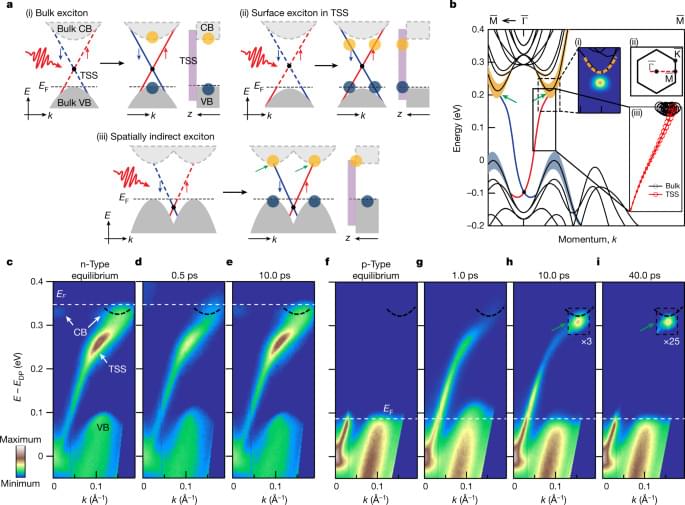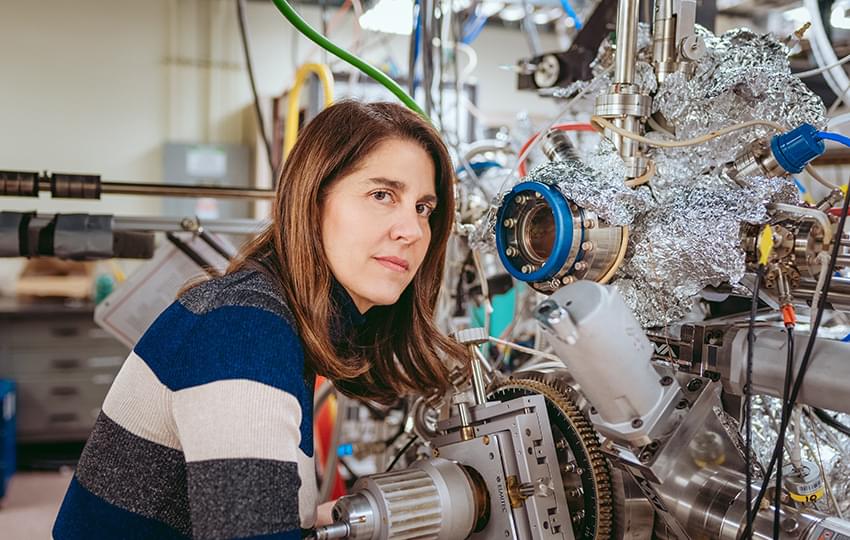As the USGS-operated Landsat 9 Earth observation satellite passed above Greenland on Monday, March 13, 2023, its photosensors trained on the frozen landscape below it detected something unusual: a mysterious series of tracks scoring the icy surface of a remote fjord.
It was a curious sight on Earth’s largest island, whose most defining features are barren tundra and monumental glaciers that cover most of its surface. The imposing natural conditions in Greenland, in other words, leave little room for signs of activity visible from space.
Yet something must have caused the unusual tracks scoring the Tunulliarfik Fjord that appeared in the imagery collected by Landsat 9 in March. What had been their source? Could their underlying cause have been natural, and if so, then what conditions might be responsible?






